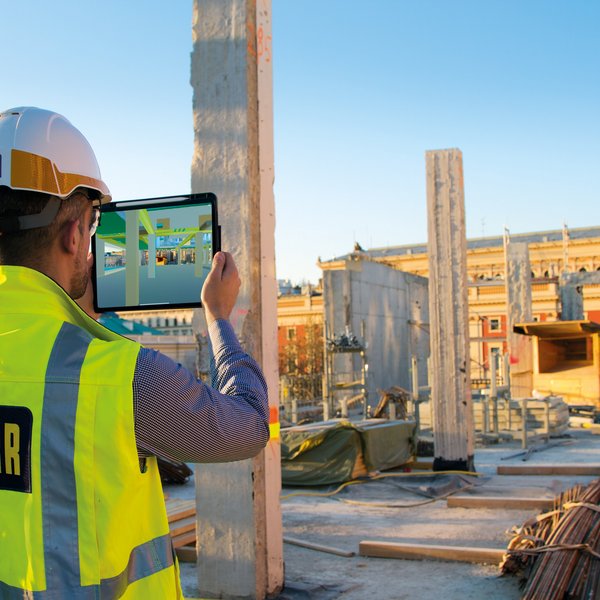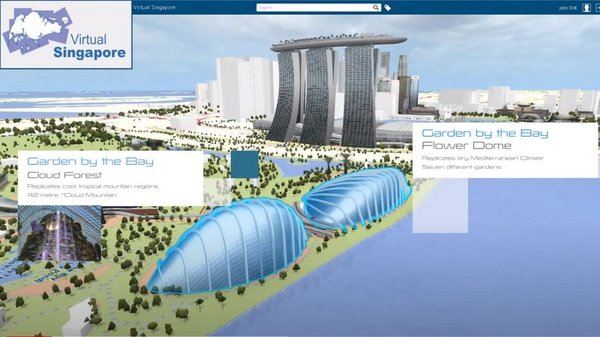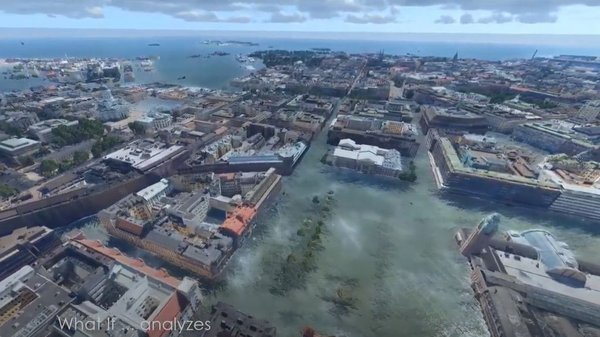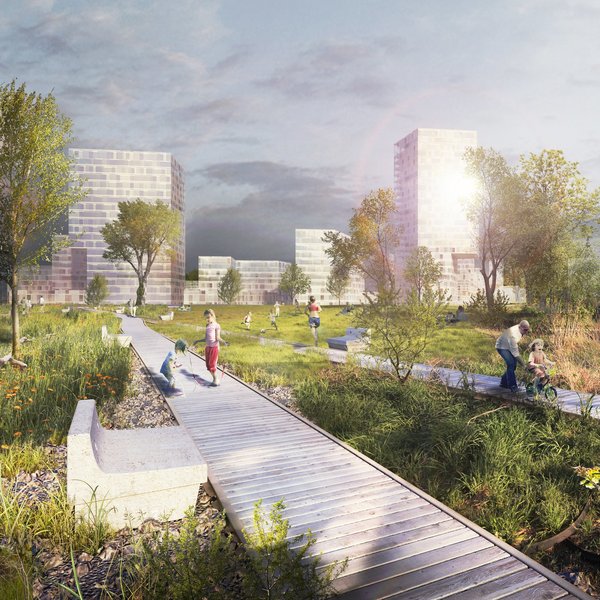
Urban planning: Digital Twins
The new residential building with hundreds of flats will need green spaces, that much is clear. But how will these affect the air quality? Can heat islands be avoided in the increasingly hot summer months? And do we need a cycle path to motivate residents to switch to environmentally friendly transport? These and similar questions are not unusual in the practical implementation of urban planning ideas. The answers may now be easier to realise with the help of digitalisation. For this purpose, Digital Twins of cities are being created and continuously supplemented with data. They not only give information about people’s behaviour but are also used to measure wind conditions and air currents, solar radiation and temperatures on building surfaces.
Next stage of evolution
Globally it is Singapore and Helsinki that count as the pioneers in this area. But the method, which is known in the construction industry as the next evolutionary stage of BIM, is also already being used on concrete projects in Germany. Three cities are leading the pack: Hamburg, Leipzig and Munich joined forces on the project “Connected Urban Twins” – which runs until 2025 and is funded by the German Ministry of the Interior. The knowledge gained on this project will then be made available to other cities.
Digital Twins are an advancement of digital 3D models of cities, which are fed with real-time data from sensors and specialist information from areas such as traffic. This allows even complex contexts to be mapped digitally and utilised to make planning easier. Efforts in Hamburg have come a long way: last year, for example, the city’s road network was digitally recorded; to achieve this, vehicles were equipped with laser scanners and cameras before driving on roads and paths. In Hamburg, however, the behaviour of passengers on cruise ships was also analysed: Which means of transport do they use on the way from the station to the ship? In this city in Northern Germany, the Digital Twin is set to serve as a central source of information in general – including for the construction industry.
Sustainable design
What are the benefits of using a Digital Twin for urban development? Besides the presentation of contexts and the interactive use of a city model, getting citizens involved is also an important factor – they can be informed early on and in detail about any projects planned. In any case, data protection, which plays a major role within the EU, must always be taken into account.
Ultimately, Digital Twins make it possible to play out certain scenarios with little effort. And that’s how the city of the future can be made more sustainable, citizen-friendly and economical.



![[Translate to Englisch:] (c) pde [Translate to Englisch:] (c) pde](/fileadmin/_processed_/c/c/csm_NewCourts_Ansicht_BIM_Schmid_022020_2ea7151993.png)
